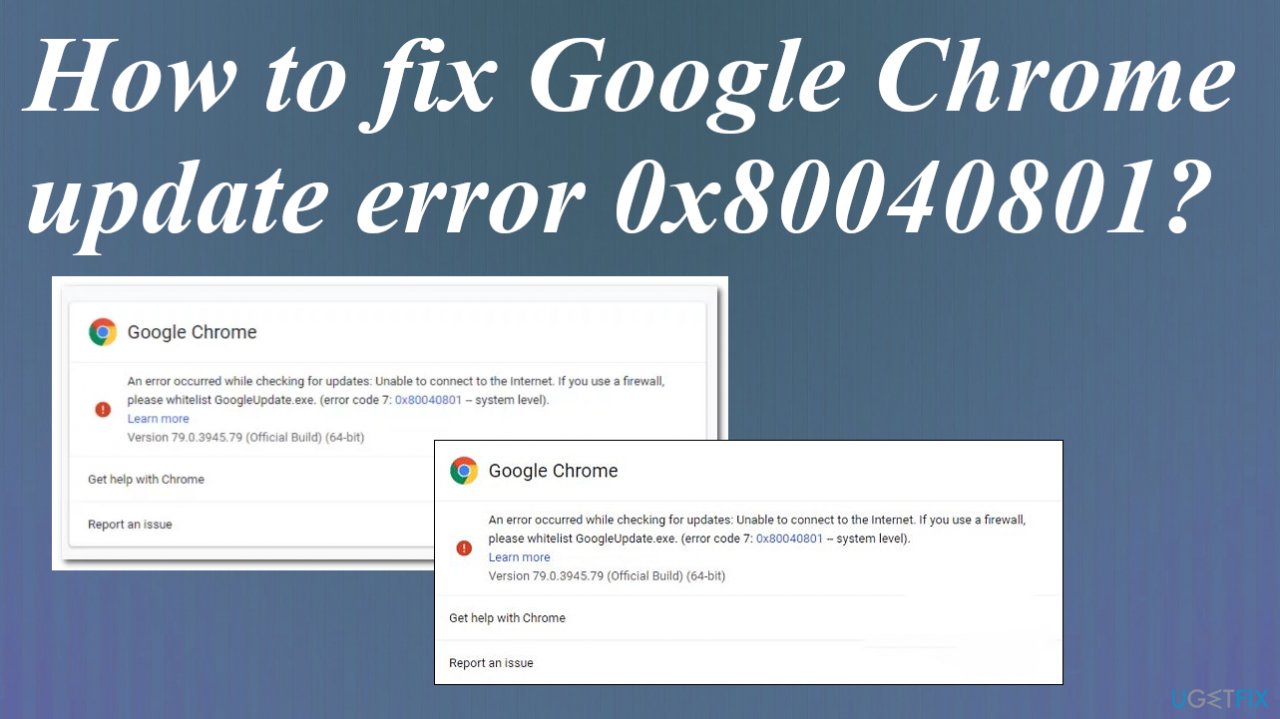
Let me tell you why: it confirms the security maturity of Google in that these serious vulnerabilities are being found and patched. Google security maturity is evident by these timely updatesīefore I go any further, let me just say that I think this is actually a good thing. Microsoft has now updated the browser to version 1.36 and confirmed that this latest iteration of Edge "is no longer vulnerable." You can both check to see what version of the browser you are running and initiate the latest update, head to the 'Help and feedback' settings menu option and then select 'About Microsoft Edge.' If your browser needs updating the download will automatically kick in, but you will need to restart Edge to be protected. If malware is found, take the necessary steps to remove it.Update April 8: If you are a user of the Microsoft Edge browser then it's vital you check to ensure that it is protected from CVE-2022-1232. To rule out this possibility, you can scan your Windows PC using PowerShell or Windows Defender.

If that's the case, flushing the DNS cache on your Windows PC should help. Flush the DNS Cache: Outdated or corrupt DNS cache could affect Chrome's ability to connect to the internet and download updates.You can try clearing Chrome’s cache and cookies to see if that fixes the problem. Clear Browsing Data: Excessive accumulation of browsing data can also give rise to such problems.

To avoid any interference, disable all the browser extensions and then try to update Chrome again. Disable Extensions: A buggy third-party extension in Chrome might prevent the browser from installing updates.You might be surprised at how much they can help. Before you try anything complicated, start with the basic fixes.


 0 kommentar(er)
0 kommentar(er)
